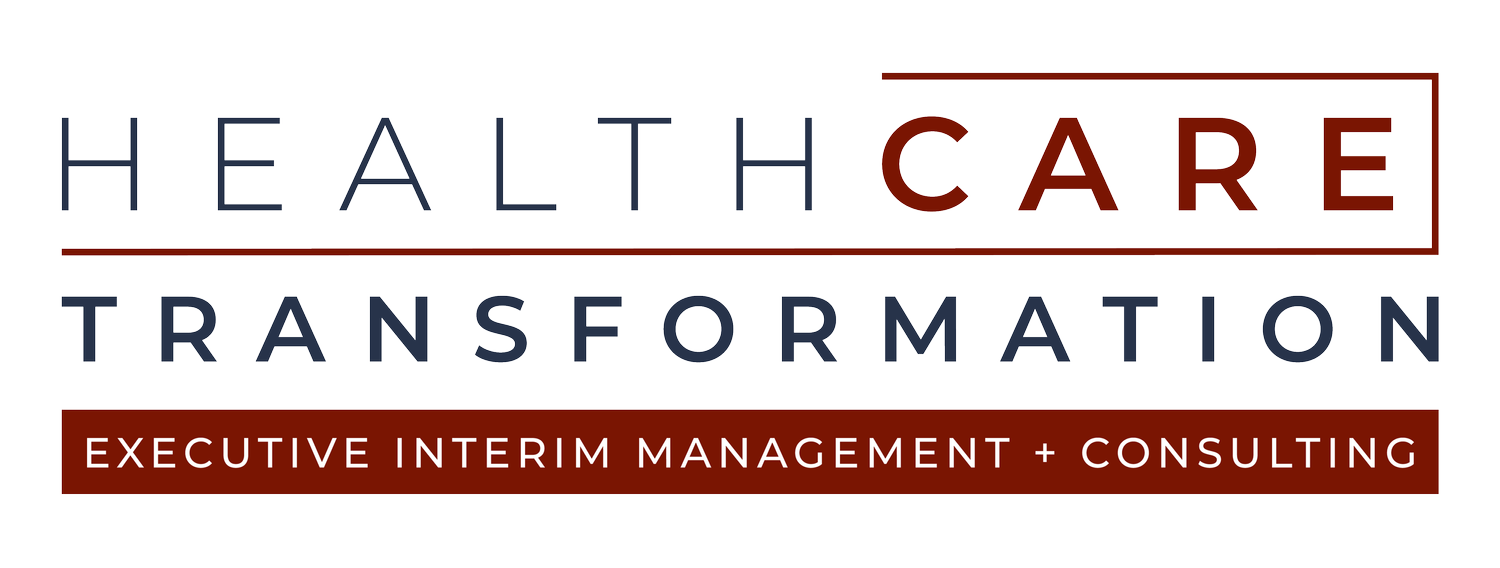How Technology is Transforming Healthcare
Increased Access to Healthcare
Telemedicine allows patients to consult with doctors and other healthcare providers online, by phone, or via video chat. Many hospitals and clinics now use online scheduling systems, which make it easier for patients to book appointments and get the care they need.
Advanced Diagnosis and Treatment
Tools such as artificial intelligence to develop algorithms that can identify patterns in data that may indicate a particular disease or condition, improving the accuracy of diagnosis. Additionally, 3D printing creates custom implants and prosthetics that are more effective than those traditionally used.
Improved Patient Care
Transforming patient care by making it more individualized and tailored to each patient’s needs. Many apps and websites allow patients to track their own health data, such as their weight, blood pressure, and exercise habits, to share with their providers.
Reduced Costs
The development of generic drugs, which are often much cheaper than brand-name drugs, save patients money on their prescription costs. Hospitals and other healthcare facilities use data analytics to identify ways to reduce waste and improve efficiency, which can lead to significant cost savings.
Enhanced Research and Development
The use of big data and machine learning to identify new trends and patterns in disease data. Additionally, 3D printing to create models of organs and tissues for research purposes.
Greater Patient Engagement
The use of patient portals, which allow patients to access their medical records, schedule appointments, and communicate directly with their doctors online. And wearable devices such as fitness trackers are giving patients more insight into their own health data, which can encourage them to make healthier choices.


